Rising Energy Demand
The increasing The Geothermal Orc Industry. As populations grow and economies expand, the need for sustainable and reliable energy sources intensifies. Geothermal energy, particularly through Organic Rankine Cycle (ORC) technology, offers a viable solution by harnessing the Earth's heat. This method not only provides a consistent energy supply but also reduces reliance on fossil fuels. According to recent data, the energy demand is projected to rise by approximately 30% by 2040, which could significantly bolster the adoption of geothermal solutions. The Geothermal Orc Market stands to benefit from this trend, as it aligns with the global shift towards renewable energy sources.
Technological Innovations
Technological advancements play a significant role in shaping the Geothermal Orc Market. Innovations in ORC technology have enhanced the efficiency and feasibility of geothermal energy systems. For instance, improvements in heat exchangers and working fluids have led to better energy conversion rates, making geothermal projects more economically viable. The market has witnessed a surge in research and development activities aimed at optimizing ORC systems, which could potentially lower operational costs and increase energy output. As these technologies continue to evolve, they are expected to attract more investments and drive growth within the Geothermal Orc Market, positioning it as a competitive player in the renewable energy sector.
Government Incentives and Policies
Government incentives and supportive policies are instrumental in driving the Geothermal Orc Market. Many countries are implementing favorable regulations and financial incentives to promote renewable energy sources, including geothermal energy. These measures often include tax credits, grants, and subsidies aimed at reducing the initial investment costs associated with geothermal projects. For example, certain regions have reported a 20% increase in geothermal project approvals due to enhanced government support. Such initiatives not only encourage the development of geothermal resources but also foster a conducive environment for the growth of the Geothermal Orc Market, as stakeholders seek to capitalize on these opportunities.
Growing Investment in Renewable Energy
The surge in investment in renewable energy is a key driver for the Geothermal Orc Market. As investors increasingly recognize the potential of geothermal energy, funding for ORC projects has seen a notable increase. Recent reports indicate that investments in geothermal energy have grown by over 15% annually, reflecting a broader trend towards sustainable energy solutions. This influx of capital is likely to facilitate the development of new geothermal projects and enhance existing ones, thereby expanding the market. The Geothermal Orc Market stands to gain from this trend, as it aligns with the global shift towards diversifying energy portfolios and reducing carbon footprints.
Environmental Sustainability Initiatives
The increasing emphasis on environmental sustainability is a crucial driver for the Geothermal Orc Market. Governments and organizations worldwide are prioritizing the reduction of carbon emissions and the transition to cleaner energy sources. Geothermal energy, particularly through ORC systems, is recognized for its low environmental impact, making it an attractive option for meeting sustainability goals. Recent studies indicate that geothermal energy can reduce greenhouse gas emissions by up to 90% compared to traditional fossil fuels. This growing awareness and commitment to sustainability are likely to propel investments and innovations within the Geothermal Orc Market, as stakeholders seek to align with eco-friendly practices.


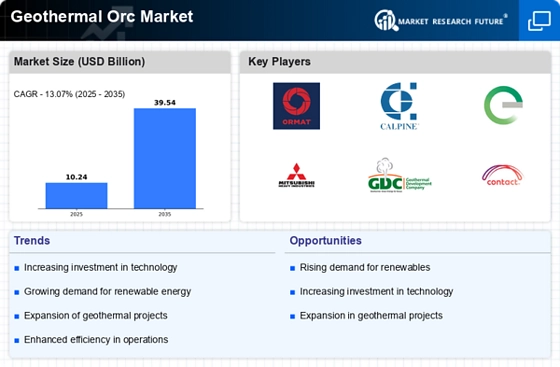


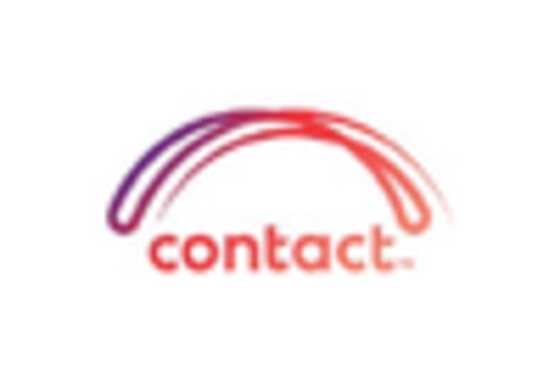
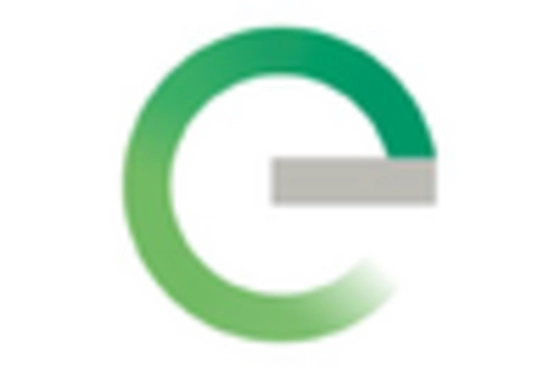
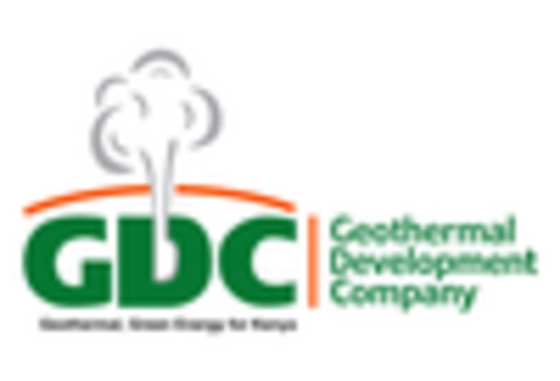

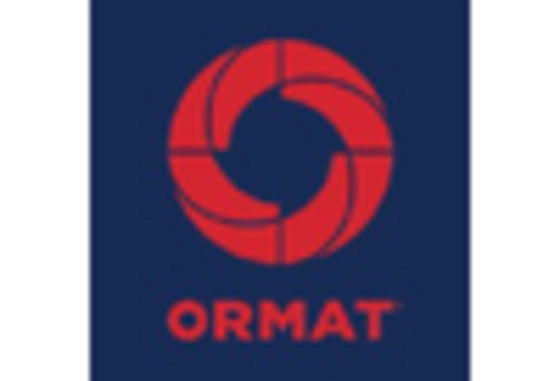








Leave a Comment